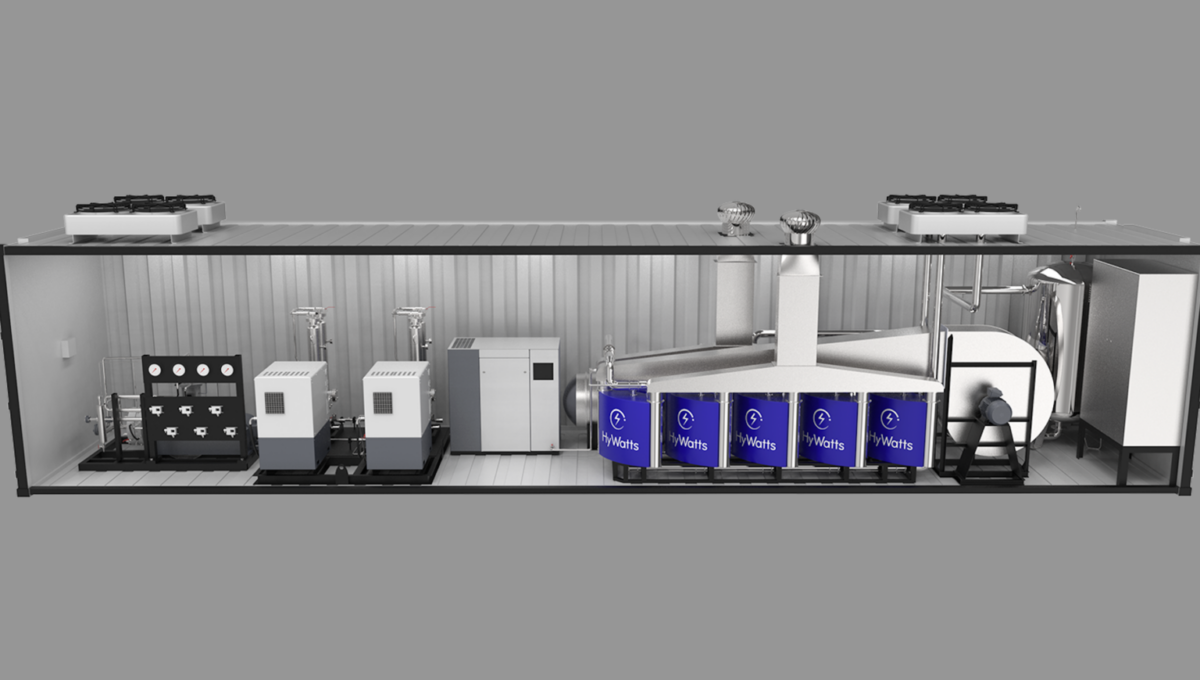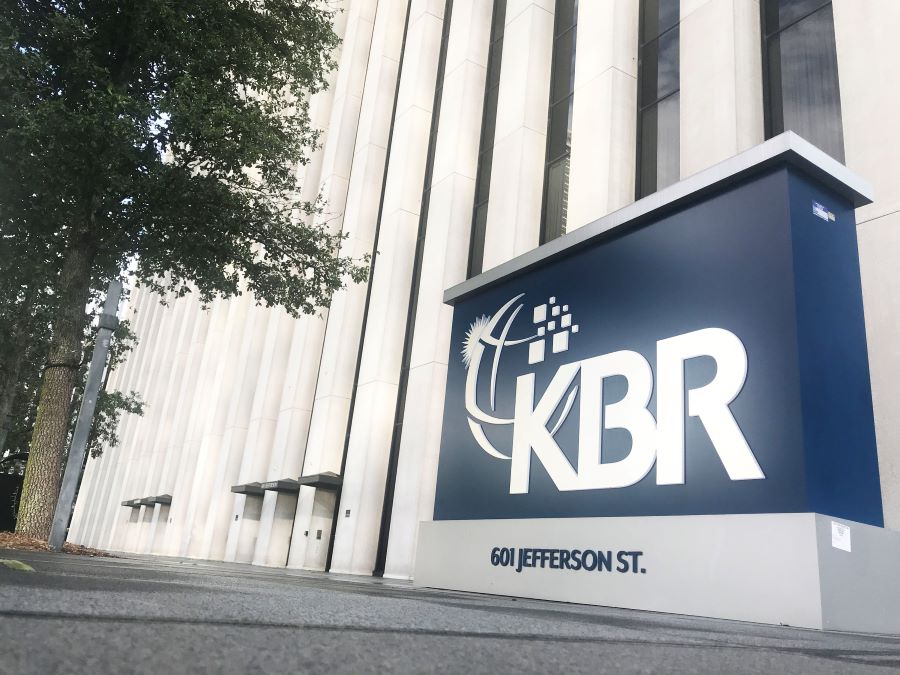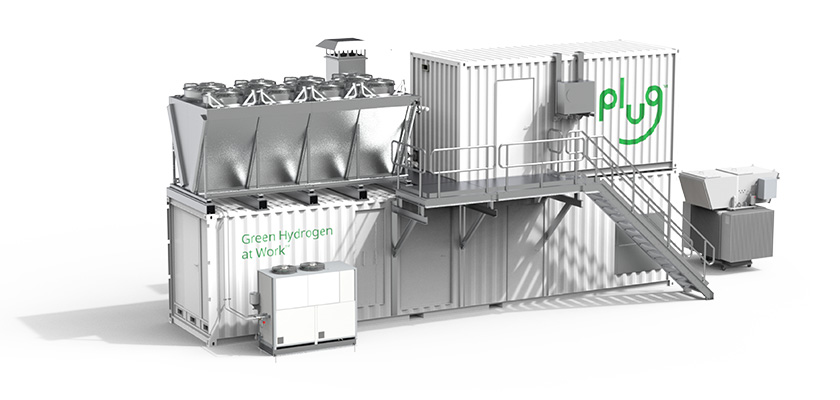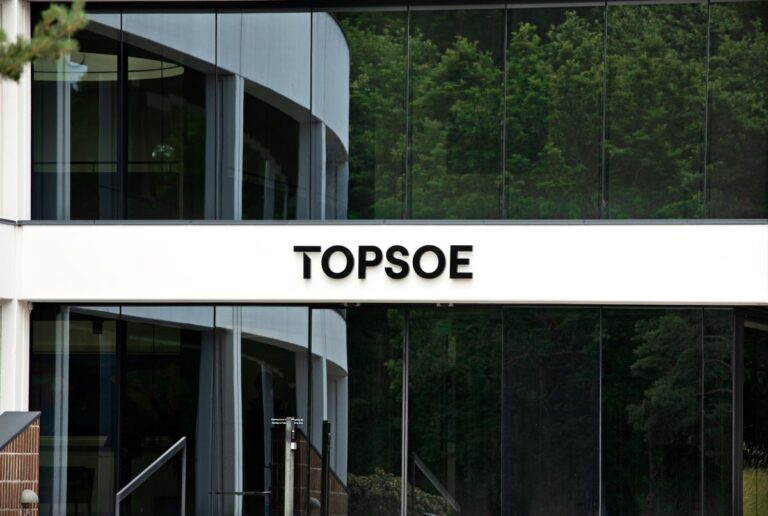Ansell presented his findings at AIAA Aviation 2023 in June.
If only incremental increases in renewable energy resources are introduced across the grid, electrolytic hydrogen will not become an environmentally sustainable solution. However, the development of a fully renewable electrical grid in the US by 2035 is technically and socially viable, and if realized electrolyzed hydrogen can serve as a compelling zero-emissions solution for aviation. The impacts of the various grid scenarios on quantitative life cycle environmental impact, land required, and water use are considered for future market scenarios under the context of the forecast energy requirements for aircraft operations at Chicago O’Hare International Airport.
—Phil Ansell, “Required Developments for Integration of Sustainable Hydrogen in Aviation”
Ansell said although the aviation ecosystem would like to look at just the emissions that are directly introduced to the atmosphere by aircraft, such an approach misses the actual sustainability goals set by the industry. Hydrogen is very attractive because it only produces water vapor emissions when utilized on an aircraft. But that perspective doesn’t include all of the energy needs throughout the fuel’s life cycle.
He looked at three different resources that forecast the future composition of the US electrical power grid. One was from the Energy Information Administration and two separate forecasts from the National Renewable Energy Laboratory. From those, he learned of multiple plans for how the US could feasibly achieve a fully renewable grid by the year 2035.
As a part of the study, Ansell assumed the adoption of one of the NREL zero emissions electric grids—one that has heavy concentrations of solar, wind, and other renewable energy sources. He calculated the amount of land needed to produce the electricity that then is leveraged for the hydrogen production via the water electrolysis process, the hydrogen liquefaction process, even shipping it to the airport.
Without naming specific locations in the Chicago area, Ansell approximated the amount of physical land that would be needed to produce renewable electric energy to produce useable hydrogen for aviation. These might be a combination of solar arrays or wind turbines. He also investigated repurposing outdated energy-producing facilities.
One of the reasons Ansell chose O’Hare for the case study is because it’s near Lake Michigan, a large body of freshwater, making it an ideal location to consider for hydrogen.
The life cycle modeling Ansell did breaks down the energy needed to process the hydrogen, but also examined various transportation scenarios. Is it more efficient to liquify the hydrogen near the large water source and pipe it or use heavy trucks to transport it to O’Hare? Or is it better to liquefy it on site at the airport? He said, those are details that all play a part in the big picture energy grid.
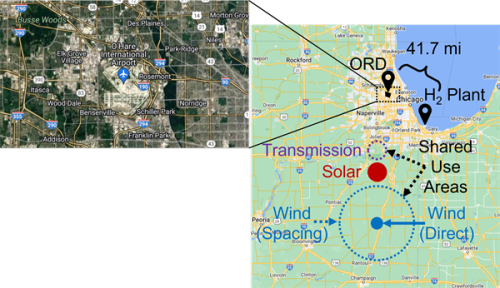
Hypothetical land area use to meet 2035 requirements for 100 percent renewable energy grid based on the needs of Chicago’s O’Hare International Airport. Courtesy Google Maps and the National Renewable Energy Laboratory.
According to Ansell, if only incremental increases in renewable energy resources are introduced across the grid, electrolytic hydrogen will not be an environmentally sustainable solution. But, he says, the development of a fully renewable electrical grid in the US by 2035 is technically and socially viable.
If a fully renewable grid becomes a reality, electrolyzed hydrogen can serve as a compelling zero-emissions solution for aviation.
There are companies that want to make small commercial hydrogen aircraft in the next two years and bigger companies that want to develop these in the next 10 years. Are we ready from the actual lifecycle perspective? I believe we have all the technologies we need and enough money to do it. It’s a question of allocating and prioritizing.
—Phil Ansell
This work was supported partially by NASA under award number 80NSSC19M0125 as part of the Center for High-Efficiency Electrical Technologies for Aircraft.


